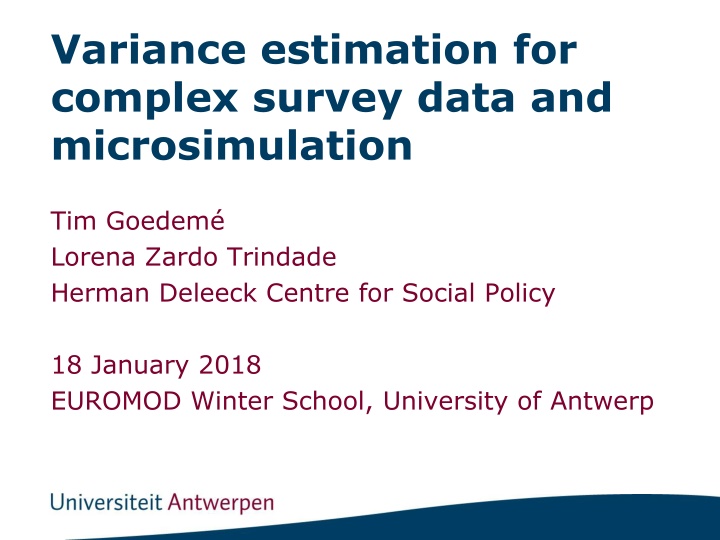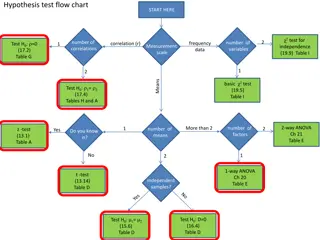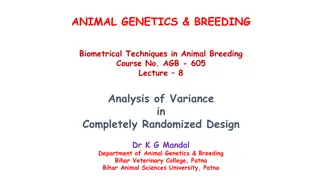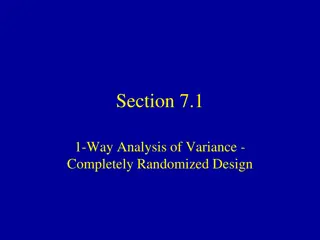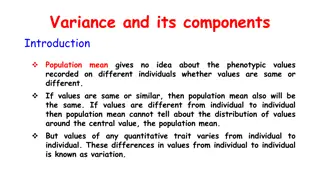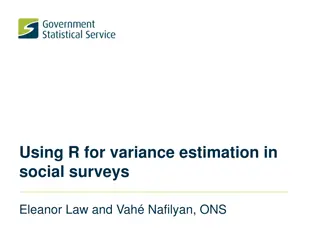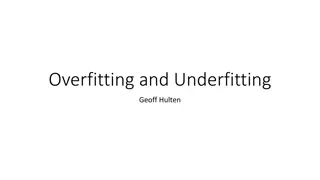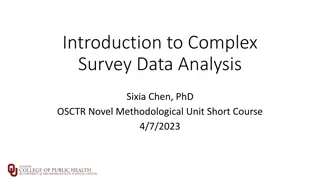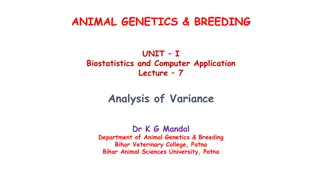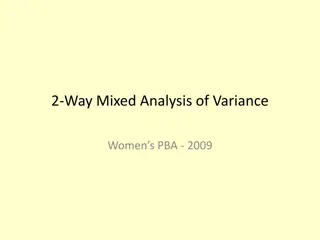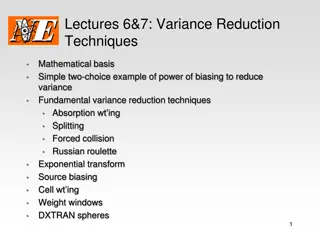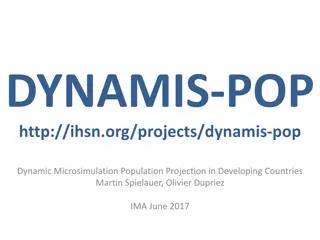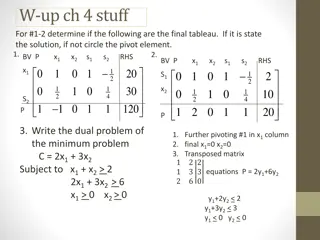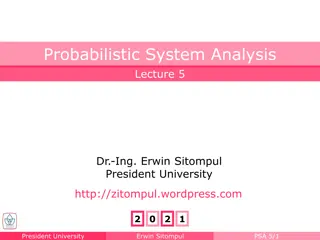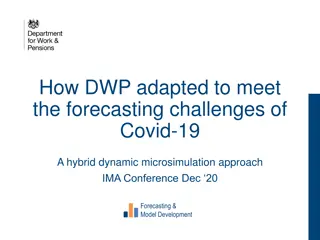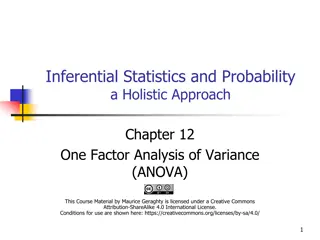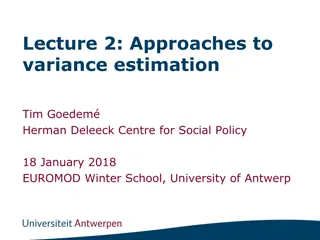Variance Estimation for Complex Survey Data and Microsimulation
Variance estimation is crucial for evidence-based policy-making. This workshop, held at the EUROMOD Winter School, focused on the importance of estimating precision in statistics. Key messages include reporting standard errors, confidence intervals, and p-values based on sample estimates, and emphasizing the significance of sample design in estimating precision. The training covered theoretical concepts and practical exercises using synthetic data reflecting real-life scenarios in EU-SILC, catering to a diverse audience with statistical competences and software knowledge.
Download Presentation

Please find below an Image/Link to download the presentation.
The content on the website is provided AS IS for your information and personal use only. It may not be sold, licensed, or shared on other websites without obtaining consent from the author.If you encounter any issues during the download, it is possible that the publisher has removed the file from their server.
You are allowed to download the files provided on this website for personal or commercial use, subject to the condition that they are used lawfully. All files are the property of their respective owners.
The content on the website is provided AS IS for your information and personal use only. It may not be sold, licensed, or shared on other websites without obtaining consent from the author.
E N D
Presentation Transcript
Variance estimation for complex survey data and microsimulation Tim Goedem Lorena Zardo Trindade Herman Deleeck Centre for Social Policy 18 January 2018 EUROMOD Winter School, University of Antwerp
Introduction Statistics & samples are a powerful tool - Need limited number of observations - Point estimate and estimate of precision However, without an estimate of its precision, a point estimate is pointless at least for evidence-based policy-making 8
Introduction Key messages 1. If estimates are based on samples -> estimate and report SEs, CIs & p-values 2. Always take as much as possible account of sample design when estimating SEs, CIs & p-values 3. Never delete observations from the dataset 4. Never simply compare confidence intervals 9
Introduction Setup of the training Some concepts and theory Hands-on exercises, based on synthetic data that reflect real situations in EU-SILC Focus is on necessities for practical implementation Targeted to diversified audience (statistical competences, knowledge of statistical software) Assume some familiarity with analysis of survey data Complementary to standard courses 10
Introduction Focus on getting variance estimates right Steps in applied survey data analysis Step Activity 1 Definition of the problem & objectives 2 Understanding the sample design 3 Understanding design variables, constructs, and missing data 4 Analysing the data 5 Interpreting and evaluating results 6 Reporting estimates and inferences Source: Heeringa et al., 2010, p. 9. 11
Introduction DAY 1 1/ Sampling variance and Total survey error 2/ Determinants of the sampling variance 3/ Estimating the sampling variance & EU-SILC sample design 4/ Ultimate cluster approach and EU-SILC sample design variables Exercises DAY2 5/ subpopulations & comparisons of samples / simulations / Exercises 6/ Conclusion; feedback 12
Introduction Background materials Handouts Do-files & exercises https://timgoedeme.com/eu-silc-standard-errors/ (papers, do- files, csv-files) https://timgoedeme.com/course-materials/variance-estimation/ Heeringa, S. G., West, B. T., & Berglund, P. A. (2010). Applied Survey Data Analysis. Boca Raton: Chapman & Hall/CRC. http://www.isr.umich.edu/src/smp/asda/ Groves, R.M., Fowler, F.J.J., Couper, M.P., Lepkowski, J.M., Singer, E. and Tourangeau, R. (2009), Survey Methodology (Second edition), New Jersey: John Wiley & Sons. 13
